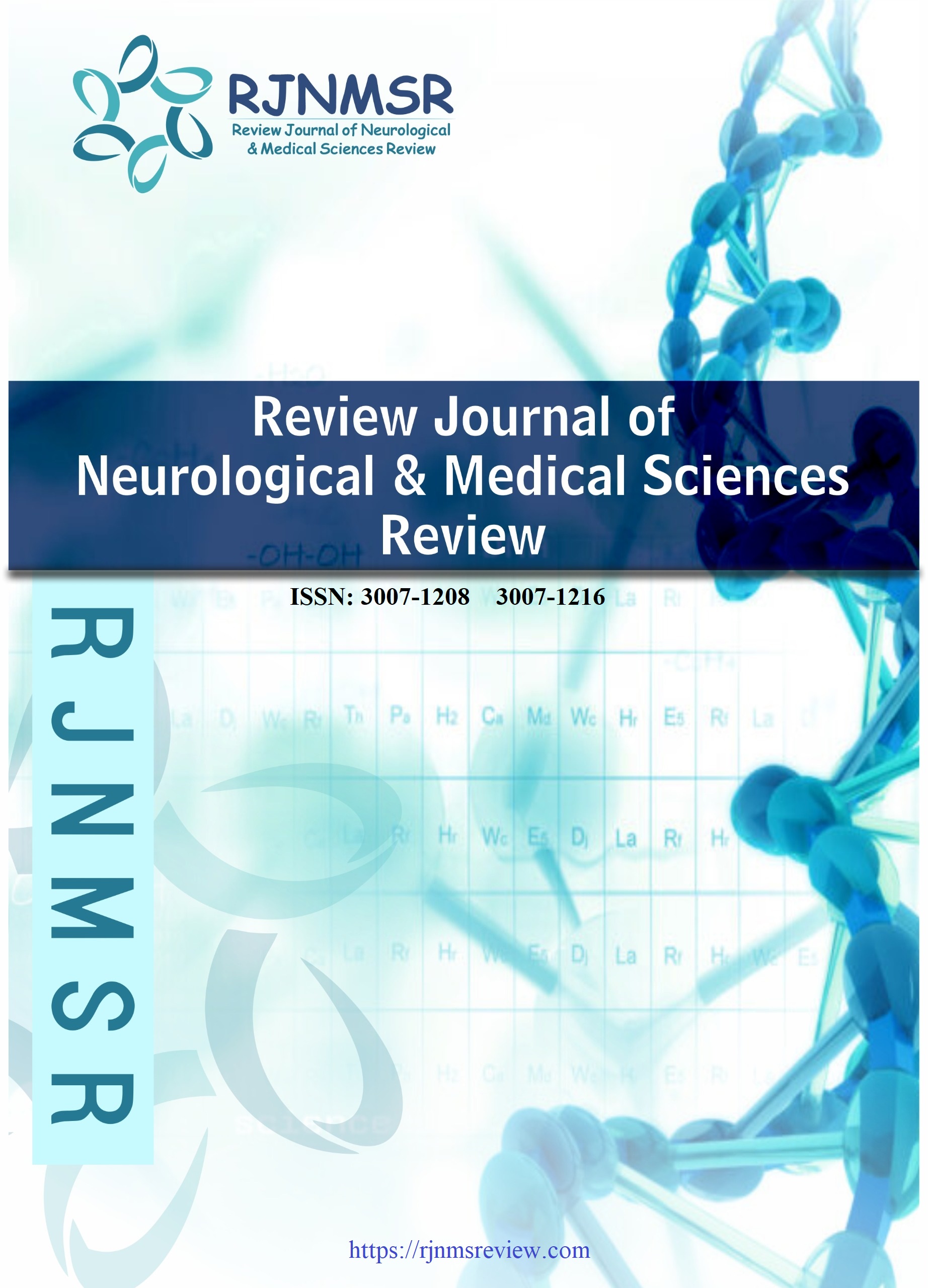COMPLICATIONS AFTER MIS-ADMINISTRATION OF POLYDIOXANONE (PDO) THREADFACELIFT – A CASE REPORT
DOI:
https://doi.org/10.63075/209s1b06Keywords:
COMPLICATIONS AFTER MIS-ADMINISTRATION, POLYDIOXANONE (PDO) THREADFACELIFT, A CASE REPORTAbstract
A PDO thread lift is a non-surgical method used to address wrinkles and sagging skin on the face. It serves as an alternative to invasive surgical procedures like facelifts, Botox, or fillers. One of the main advantages of a PDO thread facelift is its reversibility and absence of incisions. Patients can resume their normal activities immediately after the procedure without any downtime. Most research studies suggest that swelling and minor bleeding may persist for one to two weeks.Similar to any procedure, PDO face thread lifts carry some risks. The most significant risk is the potential for infection in the sutures, which can result in scarring or other complications. In aesthetic medicine, practitioners often provide inadequate hygienic conditions when using PDO threads. Since aesthetic procedures are typically performed in small private offices, only a fraction of complications are documented. In our case study, we present the case of a 48-year-old female patient who came to our clinic one month after undergoing four barbed 4D thread procedures at another center performed by a different doctor. The patient experienced swelling and soreness after the procedure and reported it to the surgeon who performed the treatment. Despite multiple follow-up visits, the patient was only prescribed a hydrocortisone cream by the physician. The primary objective of our study was to shed light on a severe bacterial complication that occurred after a PDO thread procedure.Downloads
Published
2025-08-05
Issue
Section
Articles
How to Cite
COMPLICATIONS AFTER MIS-ADMINISTRATION OF POLYDIOXANONE (PDO) THREADFACELIFT – A CASE REPORT. (2025). Review Journal of Neurological & Medical Sciences Review, 3(4), 51-53. https://doi.org/10.63075/209s1b06

